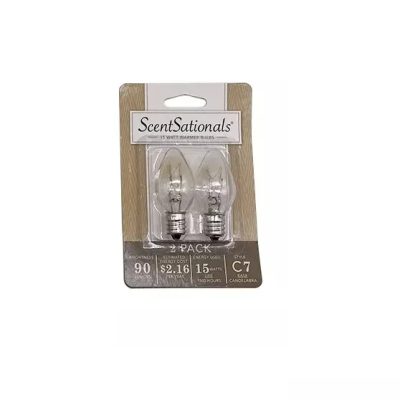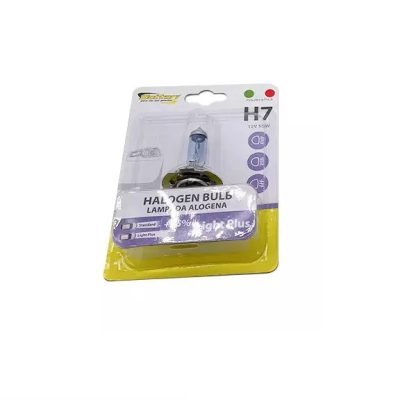Blister card packaging stands at the intersection of practicality and visual appeal, serving as a versatile solution for packaging a wide range of products across industries. This article aims to provide an in-depth exploration of blister card packaging, examining its significance, design elements, advantages, and diverse applications.
Introduction to Blister Card Packaging
Blister card packaging is a packaging method that combines a transparent plastic blister with a printed cardboard backing to encase and display products effectively. This innovative approach not only showcases the product but also provides a protective barrier, ensuring its integrity and enhancing its marketability.
Components and Design Principles
Blister card packaging consists of two essential components:
Blister: Crafted from transparent plastic, the blister securely holds the product while offering consumers a clear view of its contents. Custom-designed to accommodate the product’s shape and size, the blister ensures a snug fit and protection against external elements.
Cardboard Backing: Serving as the backdrop for the product, the cardboard backing features vibrant graphics, branding elements, and product information. Printed with eye-catching designs and pertinent details, the backing enhances product visibility and communicates essential information to consumers.
Advantages of Blister Card Packaging
Blister card packaging offers numerous advantages:
Product Visibility: The transparent blister allows consumers to inspect the product, facilitating informed purchasing decisions and boosting consumer confidence in the product’s quality and features.
Product Protection: The blister provides a protective shield, safeguarding the product from damage, tampering, and contamination during storage, transportation, and display.
Brand Promotion: The cardboard backing serves as a canvas for branding, enabling manufacturers to showcase their logos, taglines, and product attributes prominently. This helps reinforce brand identity and foster brand loyalty among consumers.
Consumer Convenience: Blister card packaging is user-friendly, allowing for easy access to the product while maintaining its freshness and integrity. Additionally, resealable options enhance consumer convenience and prolong product shelf life.
Applications Across Industries
Blister card packaging finds widespread applications across various industries:
Retail: It is commonly used for packaging consumer goods such as electronics, toys, cosmetics, and stationery, enhancing product presentation and attracting consumer attention on retail shelves.
Pharmaceuticals: In the pharmaceutical sector, blister card packaging ensures accurate dosage delivery, tamper resistance, and compliance with regulatory standards, making it ideal for packaging medications, supplements, and healthcare products.
Food and Beverage: Blister card packaging is employed for packaging individual servings of food and beverage items such as candies, mints, chewing gum, and dietary supplements, ensuring product freshness, convenience, and hygiene.
Conclusion
Blister card packaging serves as a versatile and effective packaging solution, offering an optimal balance of functionality and aesthetics. Its ability to provide product visibility, protection, and brand promotion makes it a preferred choice for manufacturers seeking to enhance their products’ presentation and consumer appeal across diverse industries. As consumer preferences evolve and market dynamics change, blister card packaging continues to evolve and innovate, remaining a timeless and indispensable packaging solution in the competitive marketplace.







